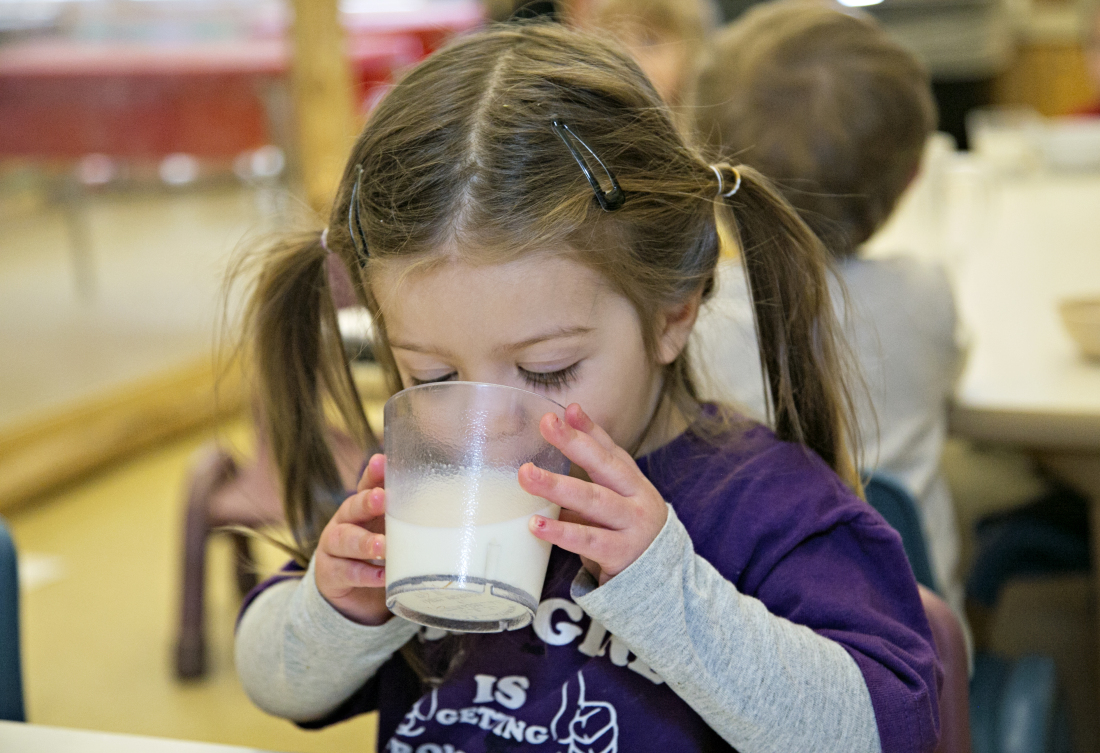I’ve wanted to write a piece on beverages for a while now, but I couldn’t figure out quite how to tie it to the holiday season. That is, until I saw this year’s Coca-Cola holiday commercials. They are really good and very effective. The animated polar bears are especially cute opening up a soda so they can use the cap for a snowman nose. The “Make Someone Happy” commercial will truly make you believe that a Coke is the key to happiness and goodwill this season. I think back on my own childhood, and I can still “teach the world to sing” and would “like to buy the world a Coke.”
Full disclaimer here, I had a Coke the other day and I really enjoyed it, but drinking soda is a rarity for me. This has nothing to do with Coke in particular as a brand, they just have really good holiday commercials, and that got me thinking.
Sugary beverages are everywhere and are connected to every season. Why is that such a big deal? According to The Nutrition Source, Harvard School of Public Health’s resource for evidence-based diet and nutrition information, soft drink makers produce 10.4 billion gallons of sugary drinks each year. That is essentially one 12-ounce can for every American, every day of the year.
The beverage industry also spends billions of dollars every year marketing sugar-containing drinks with a large portion of those funds directed at children ages 2-17. This marketing is working. Sugary beverage calories consumed by children increased 60 percent over the past 20 years, and the percentage of children ages 6-11 consuming them increased from 79 percent to 91 percent. (Notice that 91 percent means almost all of the children in the United States — the same children that face a 1 in 3 obesity rate.)
The other piece of this puzzle is the link between sugary beverages and obesity. The Harvard School of Public Health states, “Sugary beverages are a major contributor to the obesity epidemic.” They aren’t the only ones. There are dozens of studies that suggest a link, and also numerous studies that show that children (and adults — this isn’t just about this kids) who drink fewer sugary drinks are better able to maintain a healthy weight.
How much sugar are we talking about? An average can of soda has about 10 teaspoons of added sugar equivalent to 200 or more calories, which have very little in terms of nutrient content. They are what are referred to as “empty calories.” Jump up to a 20-ounce bottle, and add 15-17 teaspoons.
Think about that for a minute. Imagine dumping 10 to 17 spoonfuls of sugar into your drink. Would you do it? Would you drink it?
The challenge during the holidays, especially for parents, is that there is sugar everywhere. And I am, frankly, a little more relaxed about treats this time of year. My daughter and I both enjoy some hot chocolate or warm apple cider as a special treat. There is a balance though, and a limit on sugary drinks is a pretty straightforward way to keep the sugar consumption in check — for the whole year, not just the holidays.
Here are some simple tips to keep sugary drinks to a minimum:
- Serve and drink water. Learn to love it, and teach your kids to love it. Keep it available and offer it, especially during physical play. A festive water bottle keeps it fun and convenient. Dress up your water with lemon slices, oranges slices, cucumbers or mint. (My personal favorite is fresh ginger slices and lime.) We put out a jug of water and colorful cups when neighbor kids come over to play so they can serve themselves.
- Serve plain, low-fat milk (cow’s milk or otherwise), and avoid the flavored milk. Flavored milk such as chocolate and strawberry adds about 2 ½ teaspoons of sugar per 8-ounce serving.
- Limit the juice. If you offer juice, make sure it is 100 percent pure fruit or vegetable juice, and limit it to no more than 4-6 ounces per day. Even though juice has natural sugars versus the high-fructose corn syrup found in many sugary beverages, it just about matches ounce for ounce the total amount of sugar.
- Watch for and avoid artificial sweeteners, caffeine and artificial colors and flavors.
The new year is upon us. Make it a resolution for you and your children to stay hydrated and healthy this season without the added sugar.
Rainbow in My Tummy is a nutrition-enrichment program created by the Verner Center for Early Learning. Rainbow in My Tummy works with early care and education centers to improve the quality of food served to young children and to cultivate a food culture that establishes a foundation for lifelong health. For more information, contact Rainbow in My Tummy Director Bronwen McCormick at 298-0808 or info@rainbowinmytummy.org.



I drink a coke once or twice a year, but with all the BVO’s and GMO’s used in Vegetable oils it’s pretty disgusting. Coke & Pepsi said they were removing BVO’S , but I have yet to see it removed.
One of the interesting things I have been seeing for the past few years is that kid and teens are really not drinking that many sodas. This is actually in line with some of the consumer trend data that shows overall soda consumption has declined. http://www.businessinsider.com/soda-consumption-decline-2014-4 the graph indicated shows that while consumption of regular and diet sodas have decreased by 12.4 %, the consumption of energy drinks and sports drinks has increased by 12.5%. Go to a high school football game or basketball game – the kids aren’t ordering sodas they’re drinking Gatorade or other sports drinks. Stop by a coffee shop after school and count how many teens are drinking coffee beverages….. Many times these coffee drinks have as much or more added sugar than sodas!